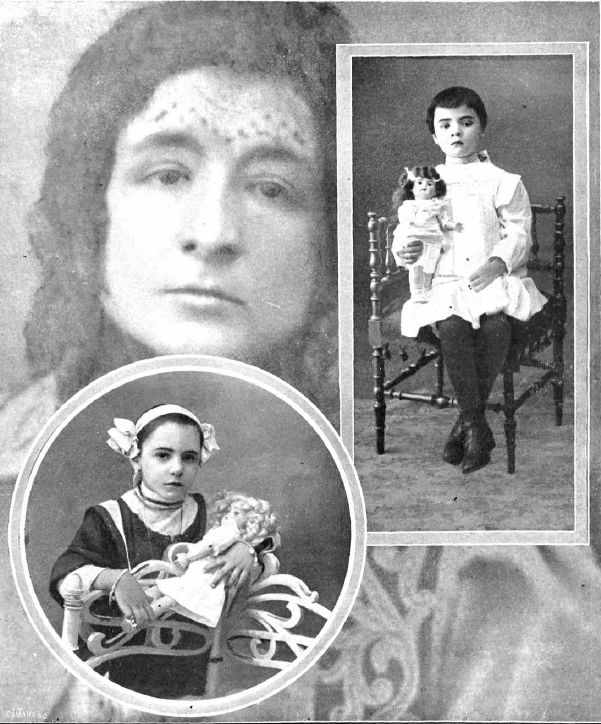
d: 1913
Enriqueta Martí Ripollés
Summary
Name:
Nickname:
The Vampire of carrer Ponent / The Vampire of Barcelona / The Vampire of the RavalYears Active:
1900 - 1912Status:
DeceasedClass:
Serial KillerVictims:
1+Method:
Ritualistic killingsDeath:
May 12, 1913Nationality:
Spain
d: 1913
Enriqueta Martí Ripollés
Summary: Serial Killer
Name:
Enriqueta Martí RipollésNickname:
The Vampire of carrer Ponent / The Vampire of Barcelona / The Vampire of the RavalStatus:
DeceasedVictims:
1+Method:
Ritualistic killingsNationality:
SpainDeath:
May 12, 1913Years Active:
1900 - 1912bio
Enriqueta Martí Ripollés was born in 1868 in Sant Feliu de Llobregat, a municipality near Barcelona, Spain. In her early years, she moved to Barcelona, where she initially found employment as a maidservant and nanny. However, she soon transitioned into prostitution, working in high-class brothels that catered to the affluent clientele of the city. In 1895, Martí married a painter named Juan Pujaló. Their marriage was tumultuous, marked by Martí's alleged infidelities and unpredictable behavior, leading to multiple separations and reconciliations before their final separation around 1907. The couple did not have any children.
By day, Martí presented herself as a destitute beggar, donning tattered clothing and frequenting charitable institutions such as convents and parishes, often accompanied by children she claimed were her own. This facade allowed her to gain the trust of the community and access vulnerable individuals. By night, she transformed into a well-dressed woman attending theaters and casinos, mingling with Barcelona's elite. This dual existence facilitated her alleged involvement in procuring children for prostitution and engaging in illicit activities with the city's upper class.
murder story
Martí's criminal activities reportedly began around 1900 and continued until her arrest in 1912. She was accused of kidnapping children from impoverished areas, whom she would then prostitute to wealthy clients or allegedly kill to create potions and remedies. These concoctions, made from the remains of her victims, were purportedly sold to affluent individuals seeking cures for various ailments, including tuberculosis. The ingredients for these remedies allegedly included fat, blood, hair, and bones of the children.

In 1909, during the Tragic Week—a period of civil unrest in Barcelona—Martí was arrested on charges of running a brothel that offered child prostitution services. However, due to her connections with influential figures, she avoided trial and continued her activities. Over the years, numerous children disappeared in Barcelona, particularly from low-income families, leading to widespread fear and suspicion among the populace.
The case that ultimately led to Martí's downfall was the abduction of Teresita Guitart Congost on February 10, 1912. A neighbor's suspicion led authorities to Martí's residence at 29 carrer Ponent (now Carrer de Joaquín Costa), where they discovered Teresita alive, along with another young girl named Angelita. Further investigations revealed a macabre scene: sacks containing children's clothing with bloodstains, a blood-covered knife, and numerous jars filled with human remains such as greasy lard, coagulated blood, hair, and powdered bones. These findings suggested that Martí had been involved in the murder and dismemberment of multiple children to produce her remedies.
Authorities also searched Martí's previous residences, uncovering more human remains hidden in walls and ceilings, as well as in the gardens of properties she had occupied. Despite the overwhelming evidence, Martí was never brought to trial. She died under mysterious circumstances in prison on May 12, 1913, with some reports indicating she was lynched by fellow inmates, while official records cite uterine cancer as the cause of death.